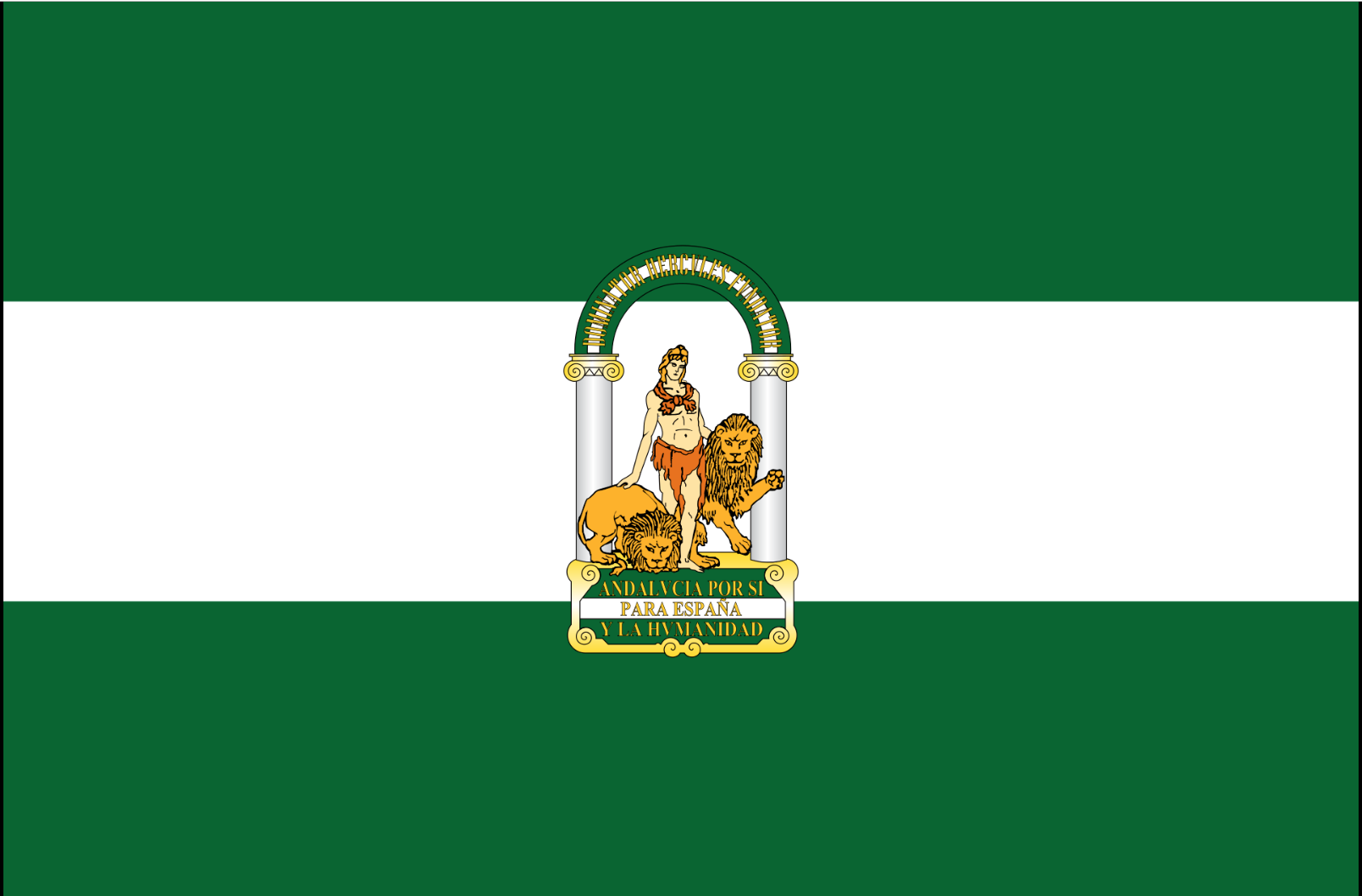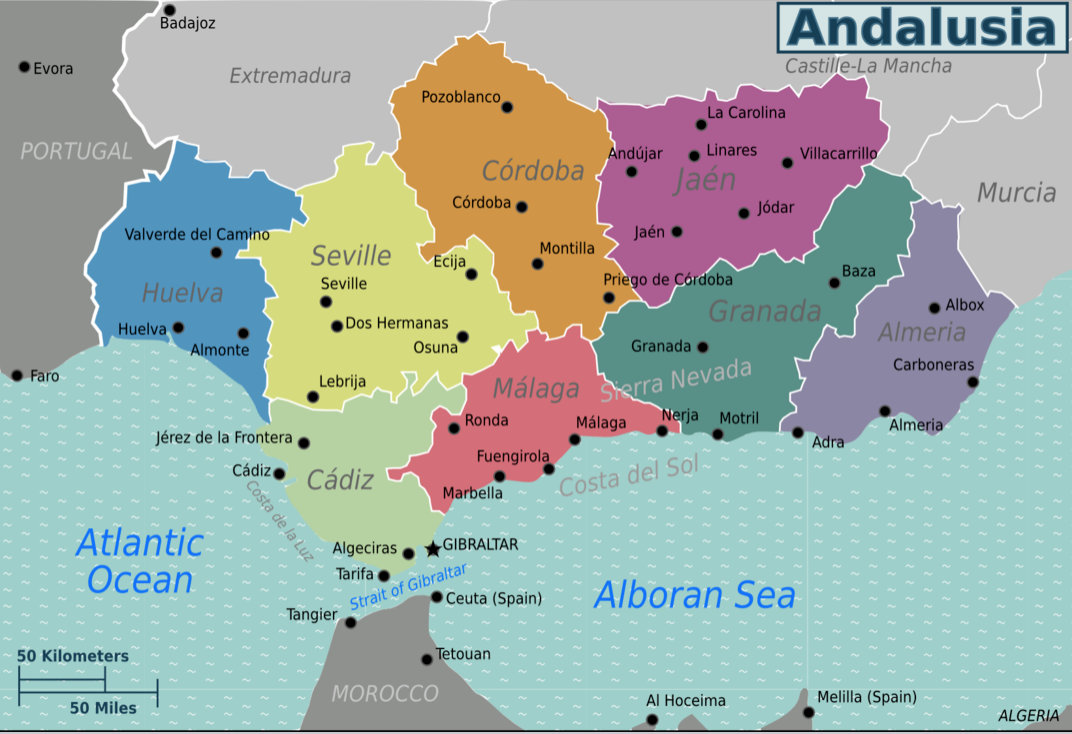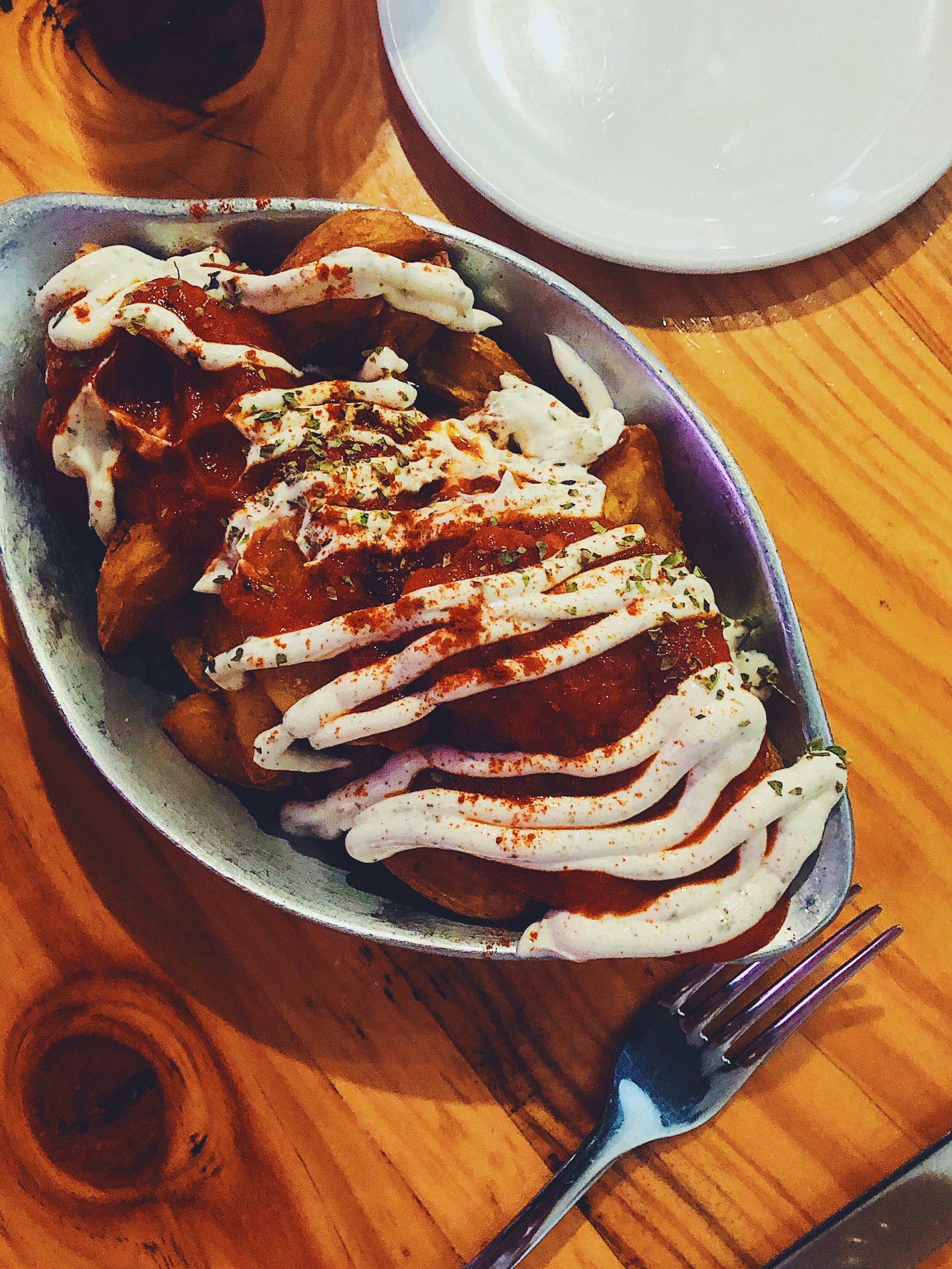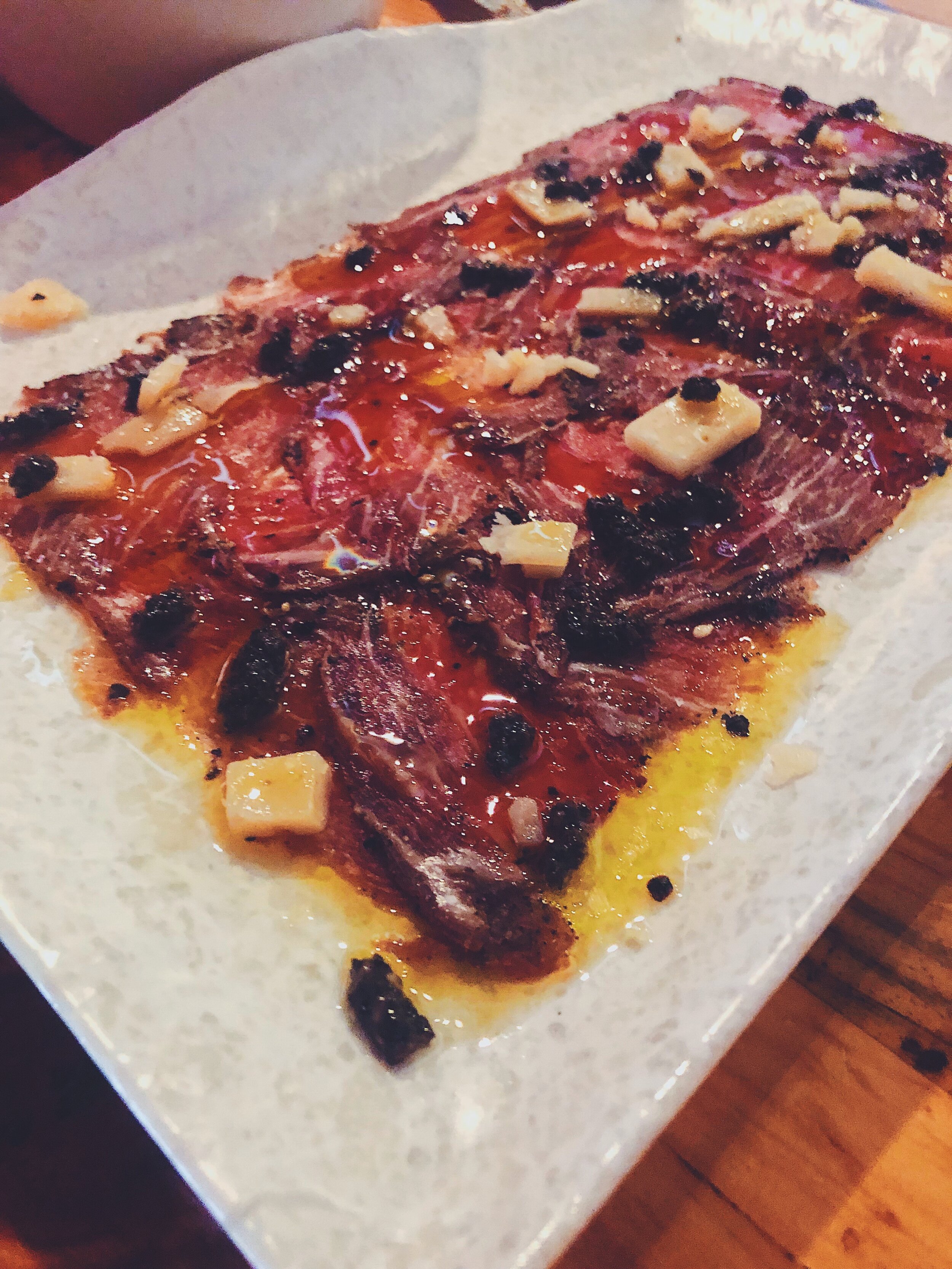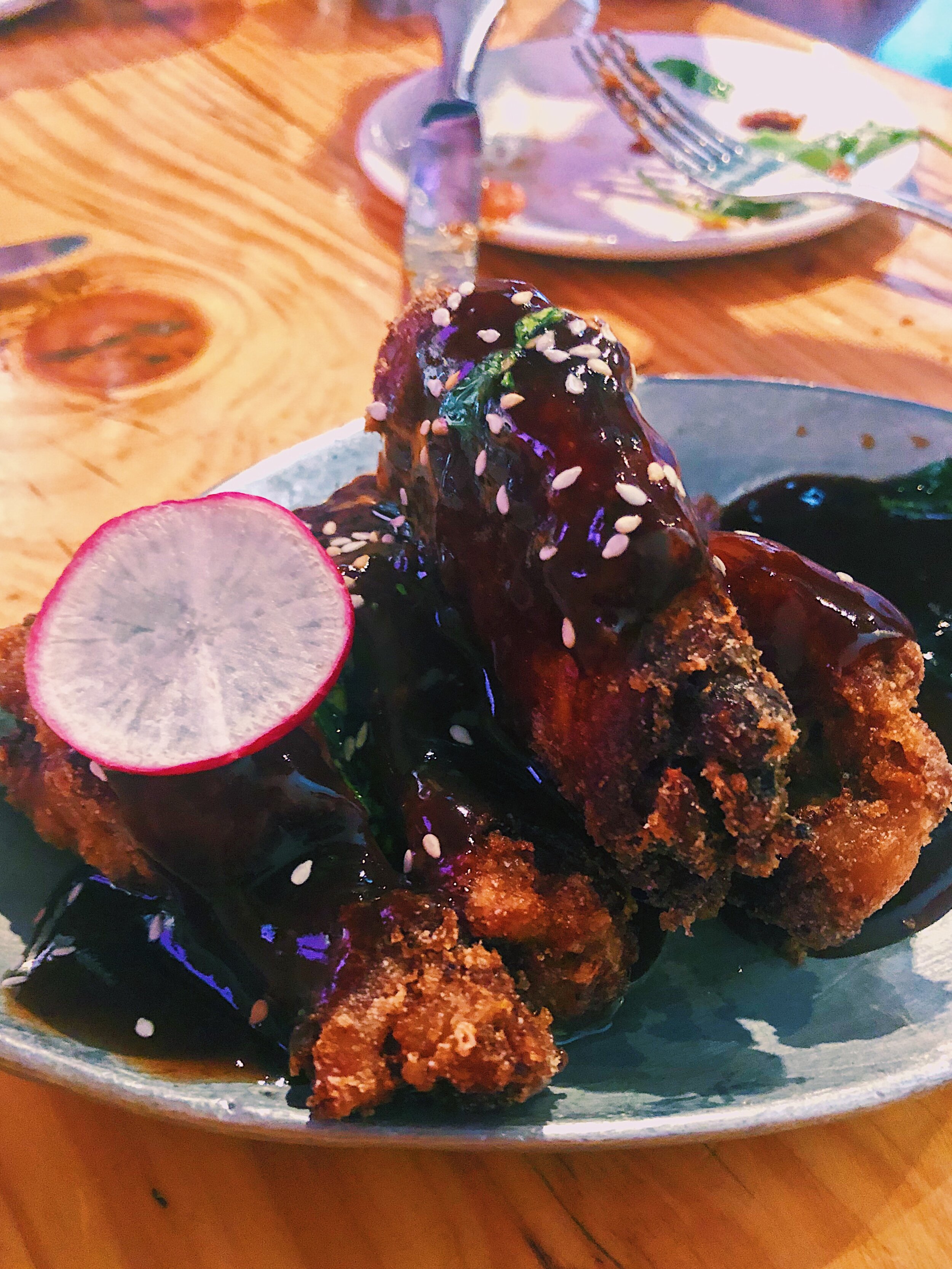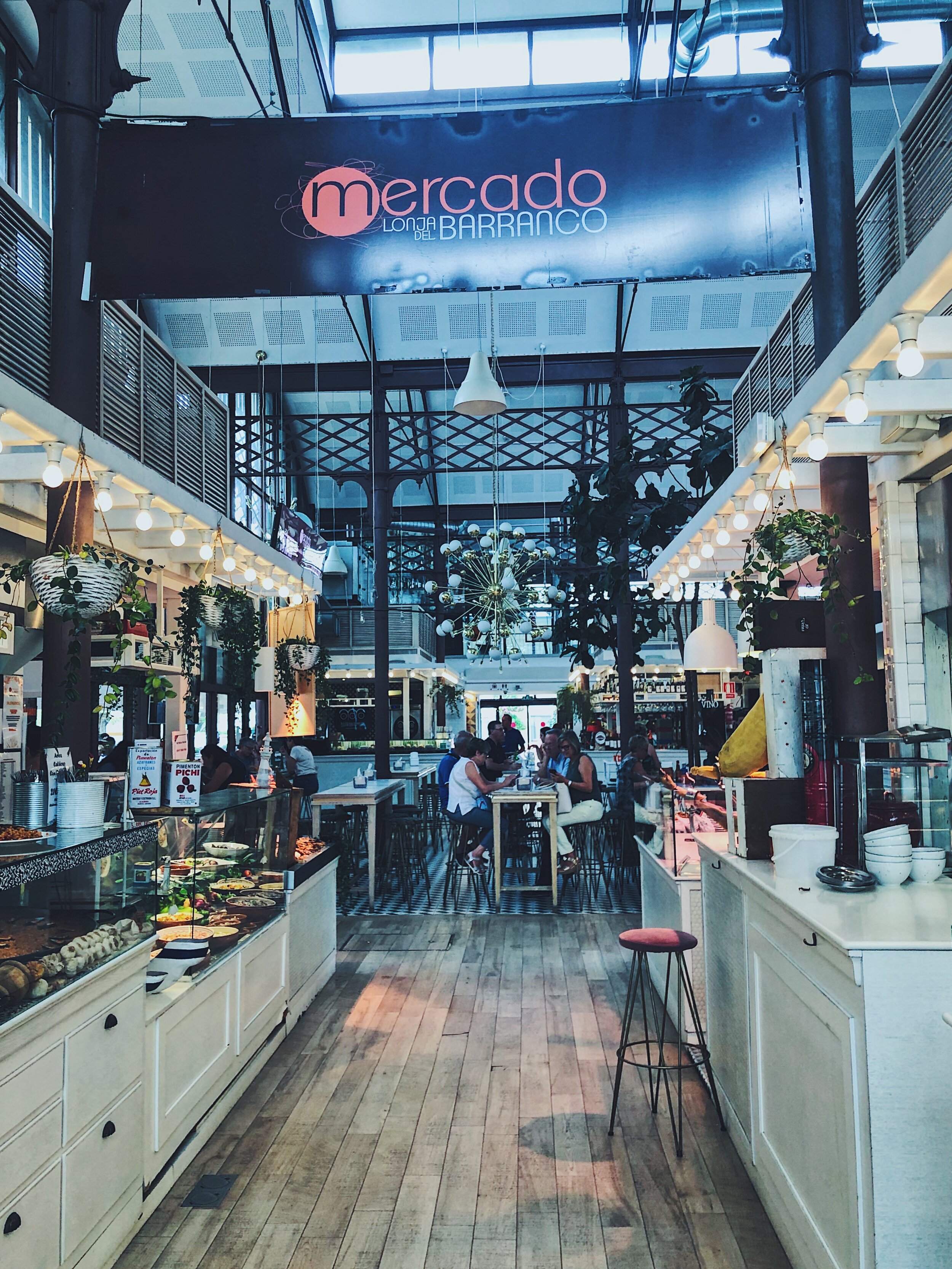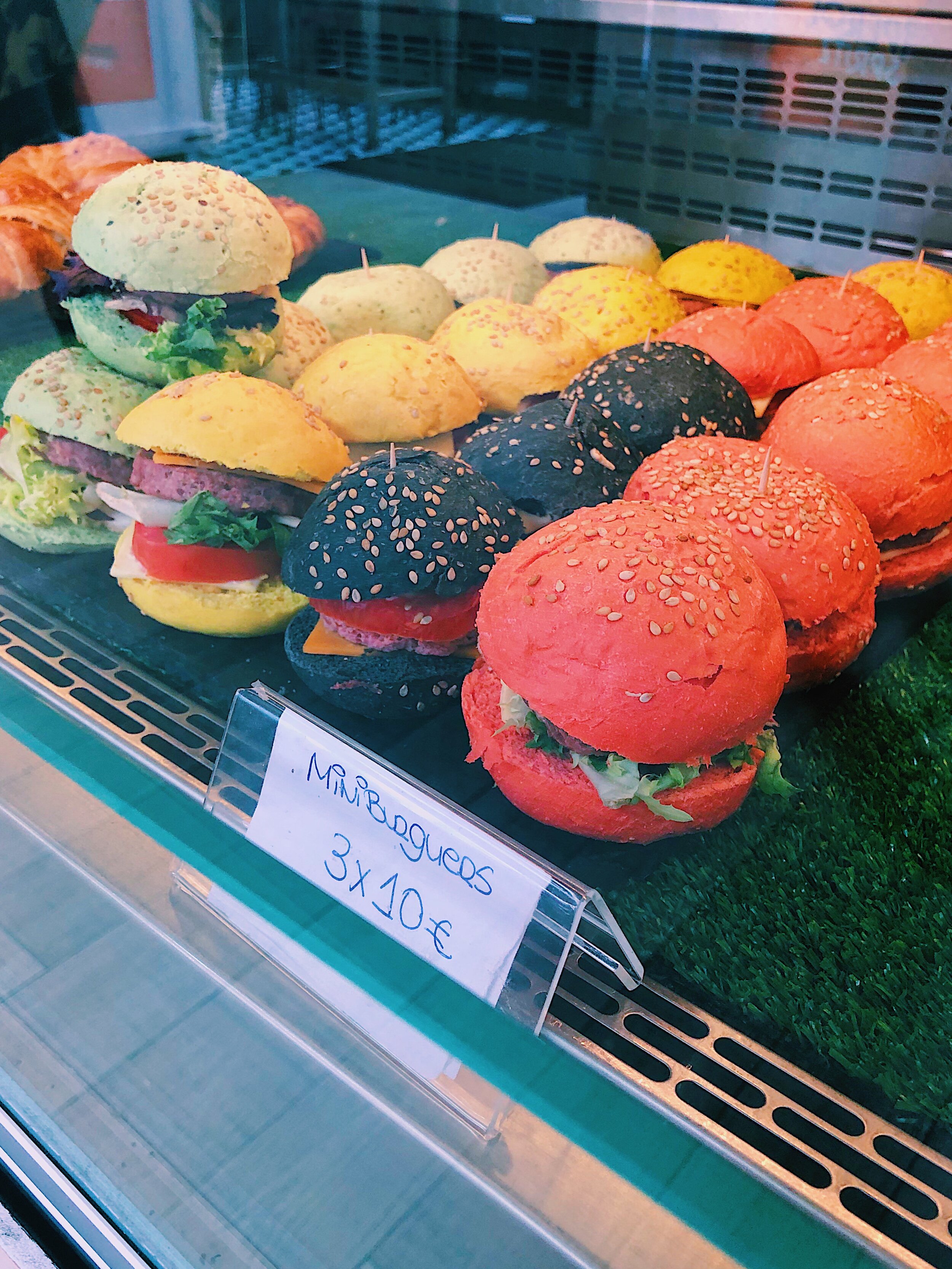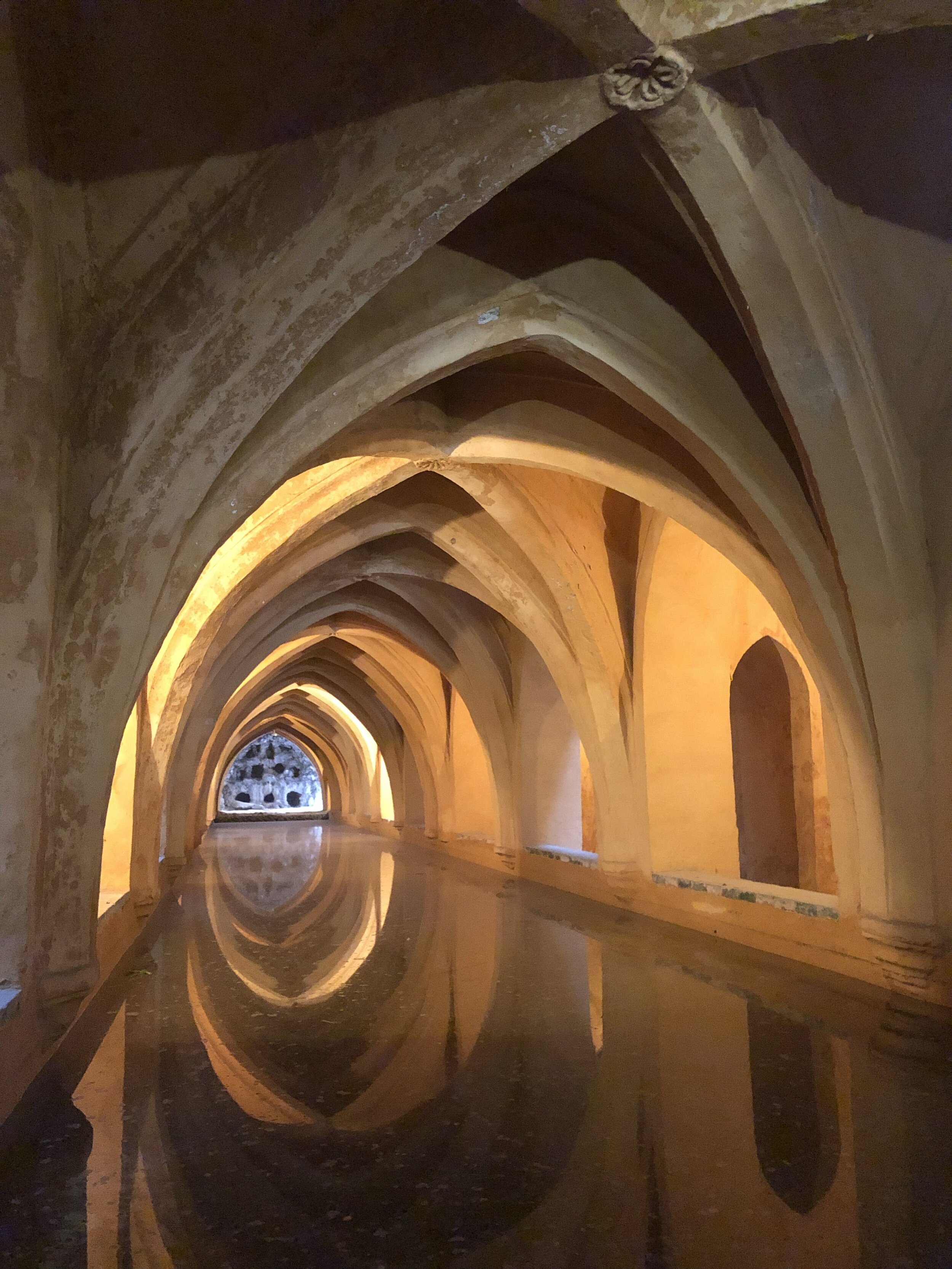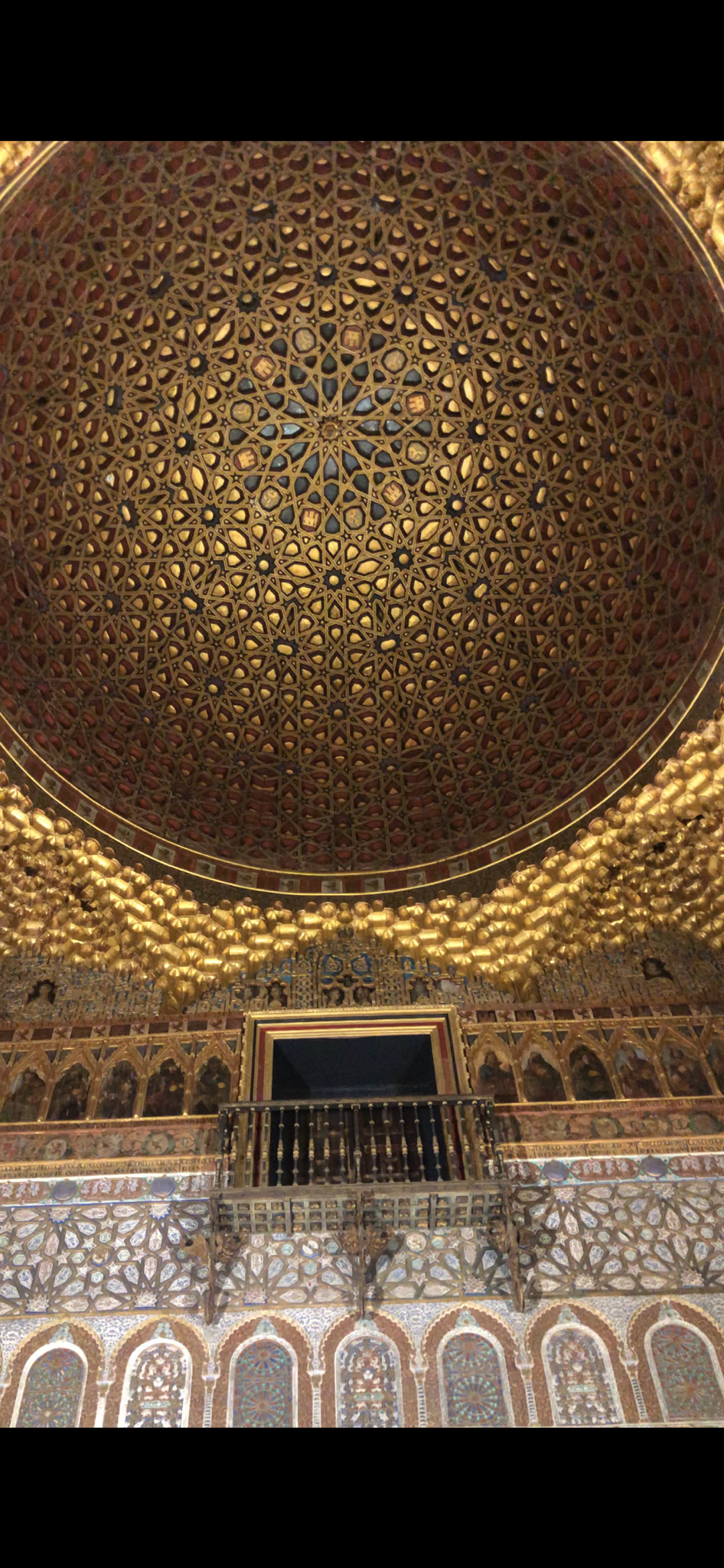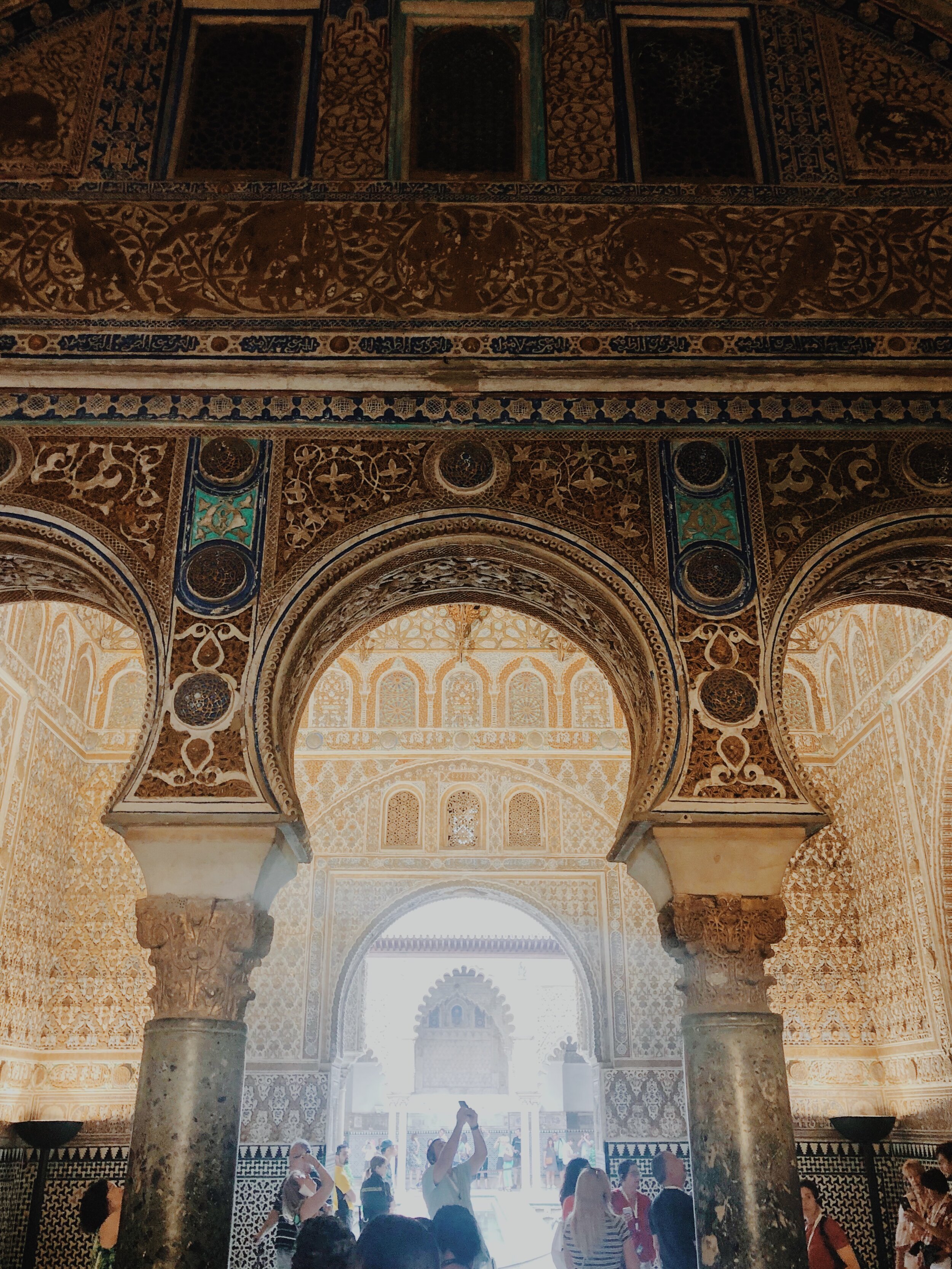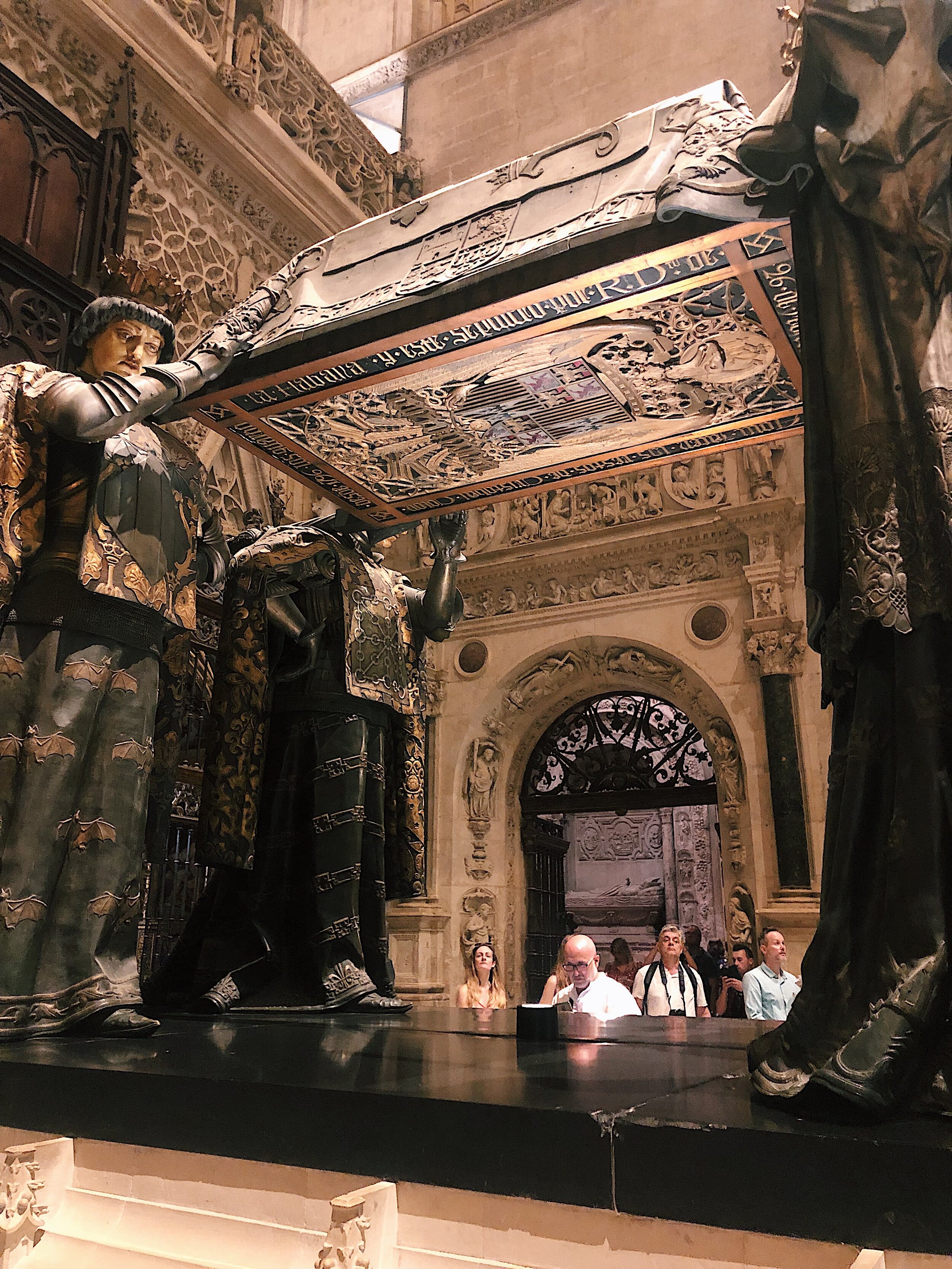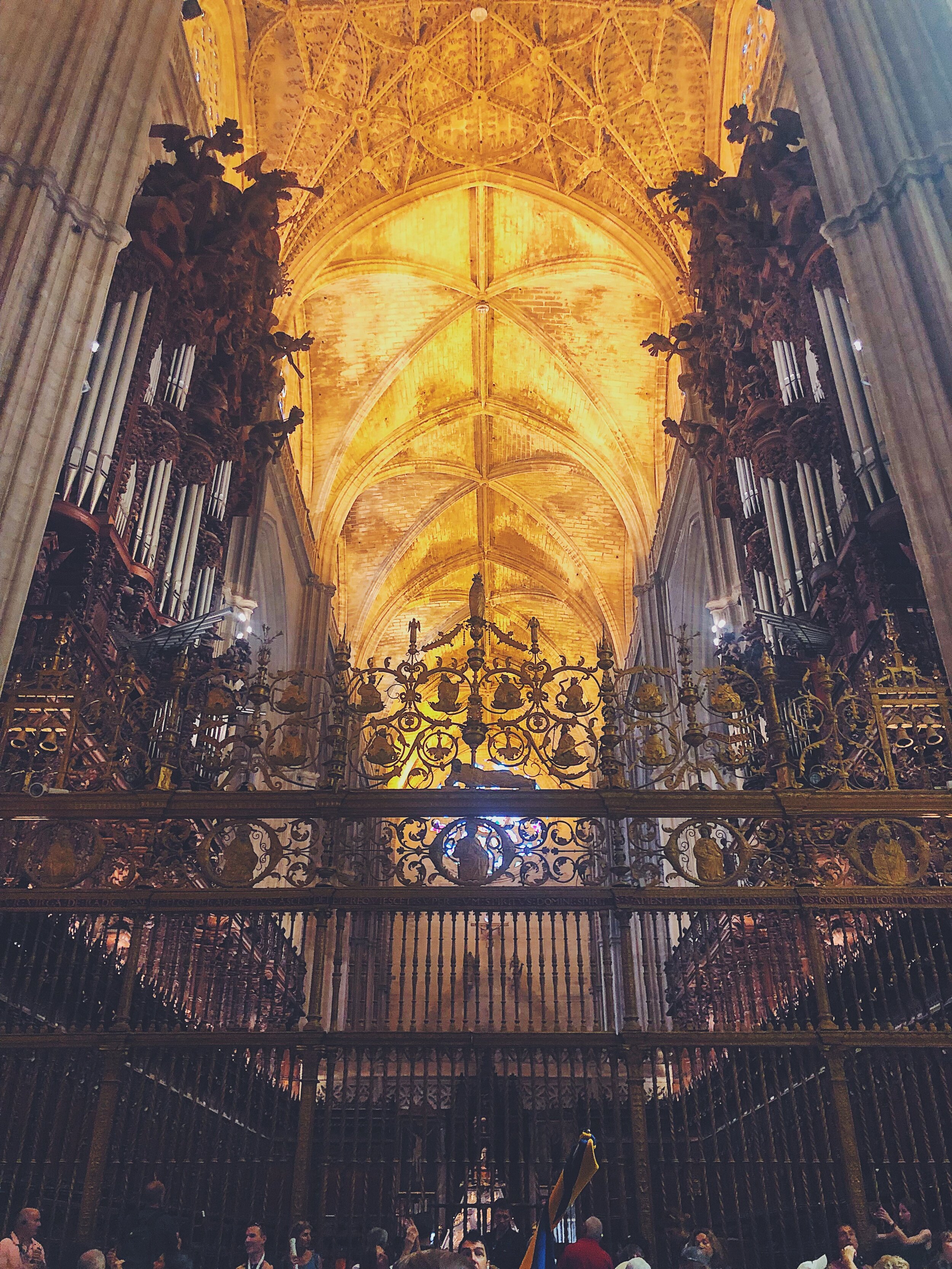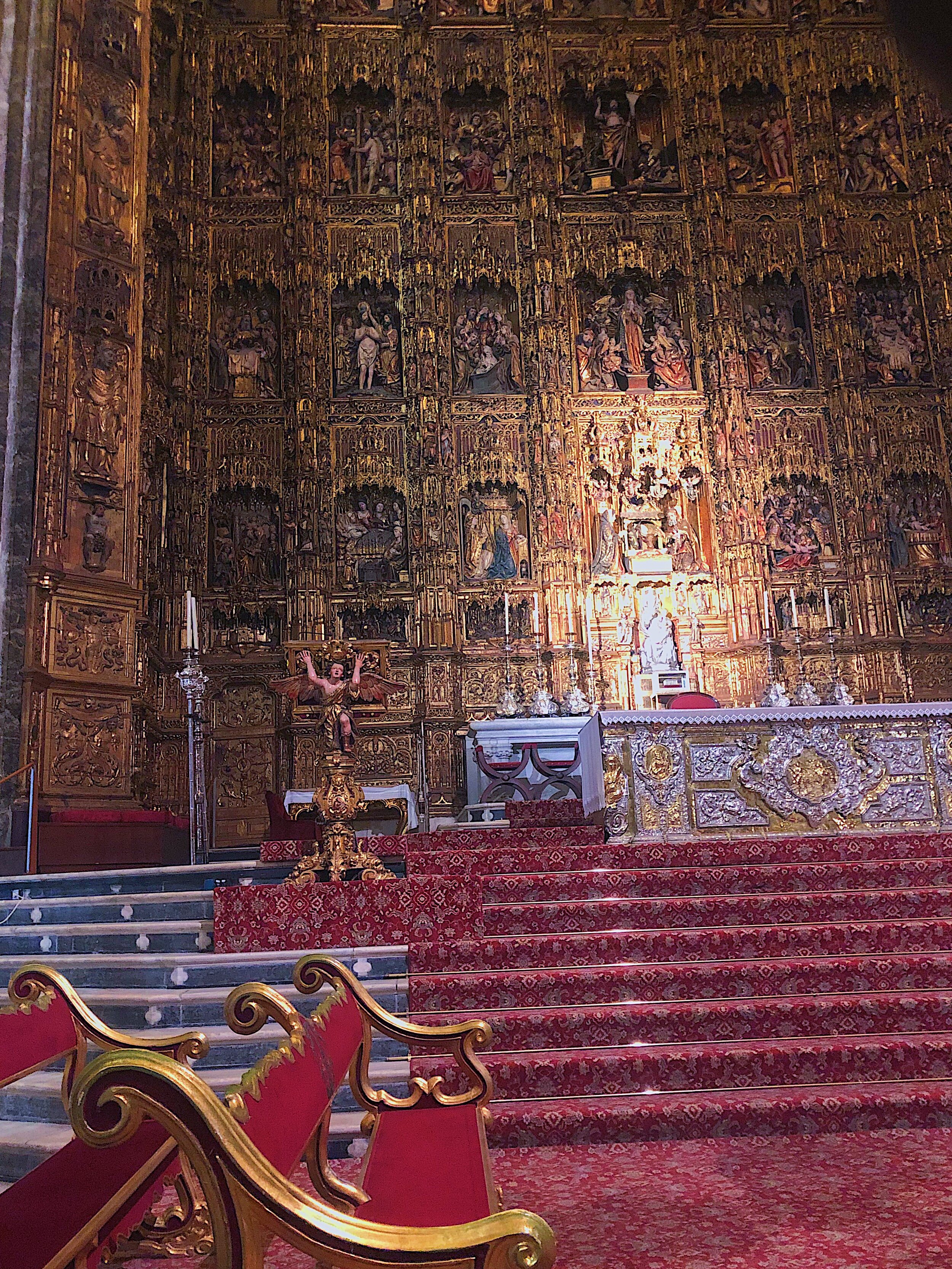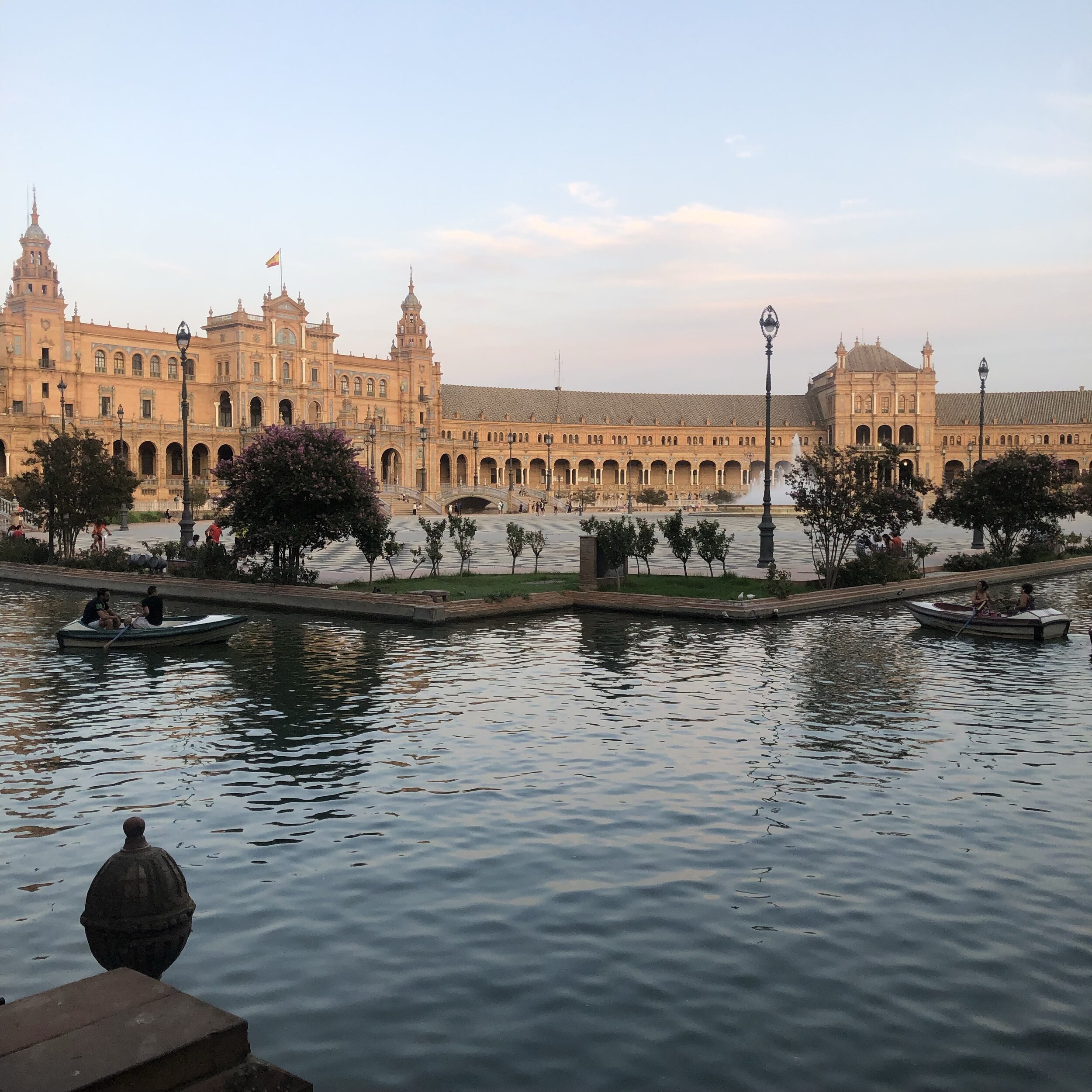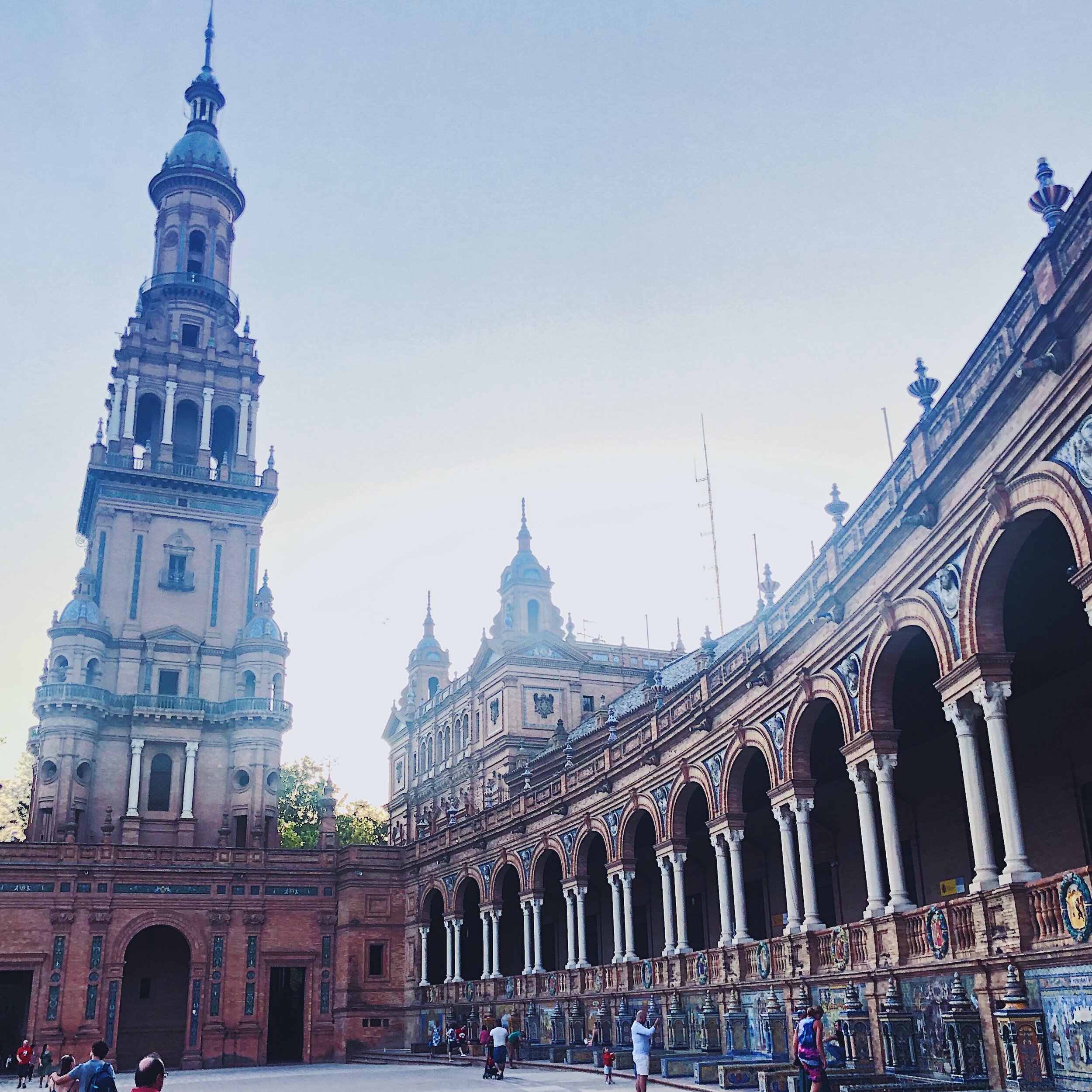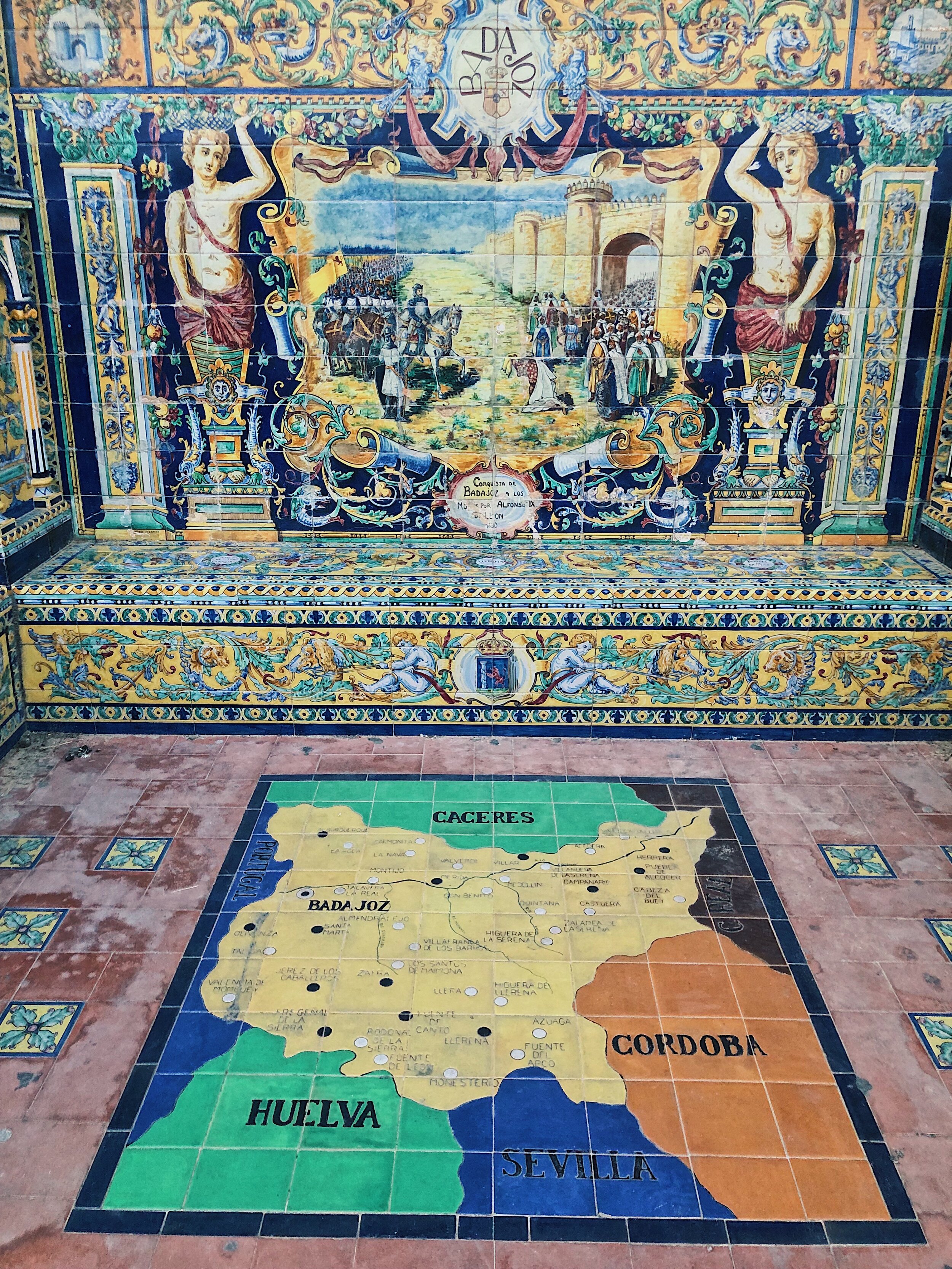Flamenco, Tapas, Giant Mushrooms, and Game of Thrones: 80 Hours in Seville
Seville is Spain’s 4th largest city, just trailing behind Valencia with a population of 688, 711. It is the capital of Andalusia, the second largest autonomous region in the country. The name, formed from the Spanish el Andalucía, was adopted in the 13th century to refer to those territories still under Moorish rule. It is the only European region with both Mediterranean and Atlantic coastlines, which create hot summers and wet winters. The hottest months are July and August, with an average temperature of 83.3 °F for Andalusia as a whole.
Andalusia’s rich culture, vibrant history, and diverse geographic location makes Seville a place incredibly different from Spain’s more well-known cities like Madrid or Barcelona. How can you see it all with just three nights to spare!? Fear not! Head to the city’s Santa Cruz Quarter to immerse yourself in a microcosm of Andalusia: student life, shopping districts, horse-drawn carriages, flamenco shows, riverside bike paths, historic sites, and MORE.
Food and Drink
Out of all the places I’ve been to in Spain, there is no tapas culture stronger than Seville’s. I can’t complain: who wouldn’t want an afternoon respite of wine and beer, pleasant conversation, and wonderful bite-sized snacks? Tapas are a great option for lunch or dinner, and in Seville you can find both traditional and more modern tapas establishments. Ovejas Negras is a nice mixture of the two. The patatas bravas are crisp on the outside and fluffy on the inside, topped with squiggles of tangy (most likely Heinz) ketchup, and a rich mayo. A must is the plate of jamón ibérico slathered with slick, peppery olive oil, musty black truffles, and hunks of parmesan cheese. For a twist, get the fried chicken wings. They’re sticky, a little spicy, smoky-sweet, and juicy, juicy, juicy.
Pro Tip: Service starts around 1:30pm, but show up by 12:30-45 to get a table or a good seat at the bar. Most of the staff speaks English, too, so don’t worry about approaching anyone with questions.
On the other hand, ENA at the Hotel Alfonso XIII is the perfect tapas spot to channel your inner Instagram influencer. They’ve got great wines, cocktails (get the Aperol spritz), and bites that are great mix of old and new. The white fish ceviche (see right) is vibrant and citrusy; the prawns “all i pebra” are hearty and comforting; and the Barceloneta Bomb is the giant arancini you never knew you needed.
Seville has a collection of non-tapas restaurants as well. ConTenedor is unique in both its aesthetic and vision. It’s mishmashed, garage sale-like decor is quirky and charming, and the giant blackboards being passed around as menus (which change daily) only heighten the appeal. The restaurant prides itself in seasonality. As advocates of the slow food movement, conTenedor highlights the best ingredients Andalusia has to offer. There is live music on Tuesday nights, but if you can’t make it for dinner, go for lunch Monday-Thursday at noon to listen to live DJ sets while enjoying their succulent duck and crispy rice.
Finally, Restaurant Oriza enhances the romance of the city with a regal dining room and a tranquil atmosphere. The building also contains a more casual tapas operation called Bar España, but go for Oriza and you’ll be taken into a space that feels like a special secret garden. There’s something on the menu for everyone, but contain your excitement until after you hear the specials for the day…they’re typically seafood options simply prepared (steamed clams with white wine, broiled prawns with lemon), but trust me, they will blow you away.
If you want a little bit of everything:
The Mercado Lonja del Barranco is an indoor, Time Out-style cafeteria and market that has it all: from bao buns and sushi rolls to plates of paella, spreads of charcuterie, and (my favorite) roasted octopus skewers. Its location alongside the Guadalquivir river makes it a perfect spot to enjoy a bottle of wine at lunch or dinnertime with bites both large and small. Get a bit more info from Lonely Planet.
2. Sights and History
In the Santa Cruz quarter, taking in the trifecta of Seville’s most known sites is a surprisingly simple feat. Get there in the morning to avoid winding lines, and you’ll get to see the Real Alcazar, the Cathedral, and the General Archive of the Indies. You’ll be done just in time for lunch!
You might recognize it from scenes in “Game of Thrones,” but there’s more to the Real Alcazar than an exciting television set. As a monument (and a UNESCO World Heritage Site), the palace’s grand architecture and extravagant rooms tell the tale of Seville’s historical evolution. With gorgeous intricacies made only of stucco, plaster, tile, and wood, the Alcazar displays artistic influences from the Arabic period, the late Middle Ages through the Renaissance, and the Baroque period. Spend some time in the throne room to take in the breathtaking image of the domed ceiling. It is decorated to resemble a sky full of stars, and it’s mesmerizing.
Pro Tip: If you can swing the extra cash, invest in a guide to take you through the Alcazar. Not only will you get to skip the lines, but your knowledgeable guide will show you the best parts of the palace so you won’t miss a thing. Get Your Guide has many options and reasonable prices ($30-55pp).
Just a stone’s throw away is another spectacular feat: the Cathedral of Saint Mary of the See, or just “the Cathedral.” Like the Alcazar, this roman catholic monument is also a UNESCO World Heritage Site, and holds the title for the largest cathedral in the world—it can house up to 25,000 people. Go in and you’ll find the tomb of Christopher Columbus, a spectacular wooden altar painted gold, and a massive twin organ set, adorned with the most amazing wooden sculptures in the Baroque style (see below).
Views from the Giralda
Pro tip: Walk up The Giralda. It was formerly the minaret (a post from which prayer would be called) of the mosque that stood on the site under Muslim rule. After the Reconquista, it was converted into a bell tower, and a 15-20 minute sloping ascent (no stairs!) will lead you to some of the best panoramic views of Seville.
In the 18th century, the central archive of the Spanish Crown was beginning to overflow with documentation. As a result, pre-1760 documents like merchant transactions, autobiographical accounts from conquistadors, and plans of colonial American cities were taken to Seville and housed in a two-floor building called the Casa Lonja de Mercaderes. The nine kilometers of shelving, in 43,000 volumes and some 80 million pages, is known as the General Archive of the Indies. Admission is free and offers visitors the chance to examine over three centuries of the history of America and Asia.
3. Entertainment
Las Setas—The Mushrooms, or the Metropol Parasol—is the world’s largest wooden structure, completed in 2011. You’ll find it in the center of the Plaza de la Encarnación, situated on top of two concrete columns. At first glance, it is beautiful and overwhelming, but the pessimist you’re traveling with might say something like, “What’s the big deal? It’s just a bunch of wood.” Look further, though, and you’ll see the five distinct levels of Las Setas.
At the ground level is the current Mercado de la Encarnación. Arrive before siesta (a rest period between 3-5pm) to do some souvenir shopping, or people watch with a pitcher of sangria. For history lovers, the basement holds the Antiquarium Museum, which displays the archaeological remains found during construction. For 3 euros, take an elevator ride or walk to the top level for more fantastic views of Andalusia’s capital.
Flamenco is one of Seville’s greatest historical and cultural exports. As a dance that embodies freedom and independence, you’ll sometimes find men and women performing in the parks or streets. For a more formal flamenco show, the Museo del Baile Flamenco is your go-to. Daily and nightly shows range from 40 minutes to one hour, where you’ll witness three varieties of flamenco from talented male and female dancers accompanied by live guitar and singers. For an additional cost, you may also tour the museum after the performance, or—if you’ve had enough wine—you might want to take an introductory flamenco class. Show tickets are around 22 euros. More info here.
Maria Luisa Park is a large green space south of the city centre. As you walk (or bike!) through scenic pathways, you’ll see gorgeous exotic trees, lush alcoves with various sculptures, and quaint cafes perfect for an afternoon espresso. The can’t-miss (and hard to miss) attraction is the huge Plaza de España (above). It was built in the early 20th century to boost morale after the loss of Spain's colonies and to promote Andalusia's industrial expertise. In 1929, after 20 years of planning, the Exposicion Ibero-Americano was held in the Plaza. 23 Latin-American countries took part in the event, particularly the larger ex-colonies in South America. Each country built its own small pavilion to show off its best innovations of technology and culture. They are beautifully crafted, colorful, and comfortable for sitting on a hot summer’s day. Maybe you’ll get lucky and find a book inside the shelves that frame each bench—they are all meant to function as a communal library/book exchange.
Want More?
Take a quick lap around the perimeter (by bike, horse carriage, or on foot) of the Plaza de toros de la Real Maestranza de Caballería de Sevilla. This 14,000-seat bullring isn’t far from Maria Luisa Park and is a nice pitstop on your way to the Mercado Lonja del Barranco. You can go inside (for 4 euros), but it might only be worth the trip if you’re around during The Seville Fair. This week long, annual celebration is in the beginning of May, two weeks after Easter Holy Week. It kicks off the corrida season, where locals and visitors can see bullfights until October 12th. Tickets vary in price (up to 70 euros) and can be bought at the venue’s box office.
